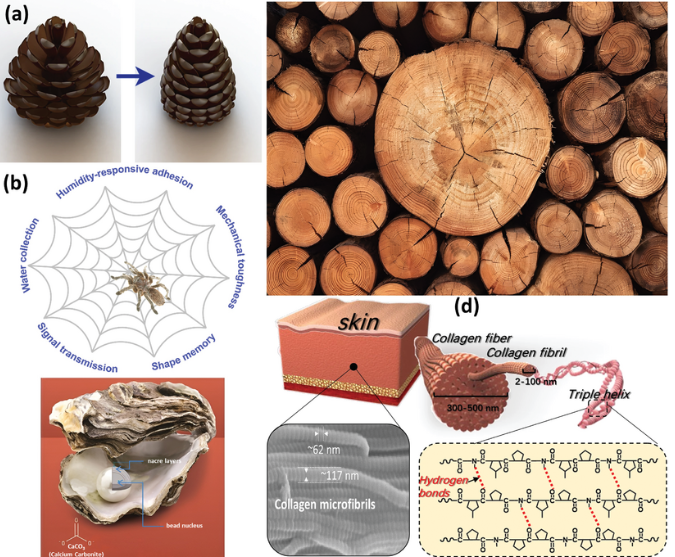The significance of mycellium, Clay and waste materials in additive manufacturing
- anikshakar6
- Feb 8, 2024
- 1 min read

In recent years, the convergence of biotechnology and additive manufacturing has sparked a revolution in sustainable design and manufacturing processes. One innovative approach gaining traction is the utilization of mycelium, clay, and waste materials in 3D printing and additive manufacturing.
Mycelium, the root structure of mushrooms, is a versatile and eco-friendly material that can be grown into complex shapes and structures. When combined with clay, a natural sedimentary material with high plasticity, mycelium forms a durable composite suitable for 3D printing. This combination not only harnesses the strength and flexibility of mycelium but also the malleability and sculptural qualities of clay.
Moreover, incorporating waste materials such as agricultural byproducts, textile scraps, or even industrial waste into the printing process adds another layer of sustainability. By repurposing these materials, manufacturers reduce environmental impact and contribute to the circular economy.
The resulting products exhibit a unique blend of organic textures, intricate patterns, and structural integrity, making them ideal for interior design, furniture, and architectural applications. Furthermore, the use of computational design algorithms allows for customization and optimization of shapes and structures, maximizing material efficiency and minimizing waste.
Overall, the integration of mycelium, clay, and waste materials in 3D printing and additive manufacturing represents a paradigm shift towards sustainable, regenerative practices in design and production. As technology continues to advance, the possibilities for creating innovative, environmentally friendly products are limitless.




Comments